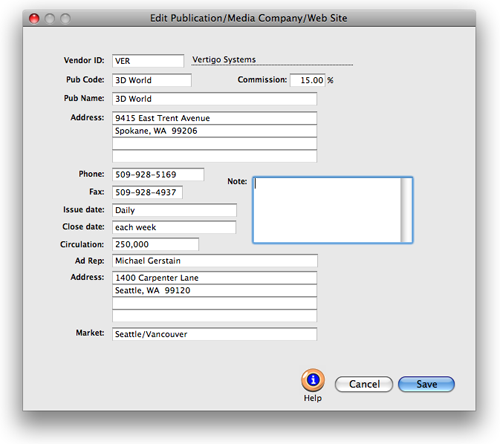

All such information and related graphics are provided "as is" without warranty of any kind.

Microsoft corporation and/or its respective suppliers make no representations about the suitability, reliability, or accuracy of the information and related graphics contained herein. For example, a domain client finding a domain controller using DNS. UDP is only used when finding a domain controller (Kerberos) for authentication. LDAP always uses TCP - this is true and why not UDP because a secure connection is established between client and server to send the data and this can be done only using TCP not UDP. The router (ACL) must permitted all UDP inbound traffic to access any high UDP ports for it to work. In this case, your DNS server should not be internet facing that is, doing all standard queries for client machines on the network.
CLIENTS AND PROFITS X 10.2 WINDOWS
The problem occurs when Windows 2000 server and Advanced Server products uses Dynamic ports for all above 1023.
CLIENTS AND PROFITS X 10.2 FULL
To make this, DNS always transfers Zone data using TCP because TCP is reliable and make sure zone data is consistent by transferring the full zone to other DNS servers who has requested the data. There should be consistency in DNS Zone database. If a client doesn't get response from DNS, it must retransmit the data using TCP after 3-5 seconds of interval. UDP can be used to exchange small information whereas TCP must be used to exchange information larger than 512 bytes. DNS uses TCP for Zone transfer and UDP for name, and queries either regular (primary) or reverse. UDP messages aren't larger than 512 Bytes and are truncated when greater than this size. For example, DNS uses both TCP and UDP for valid reasons described below. So any application needs data to be transferred greater than 512 bytes require TCP in place. UDP packets can't be greater than 512 bytes. TCP is a connection-oriented protocol and it requires data to be consistent at the destination and UDP is connection-less protocol and doesn't require data to be consistent or don't need a connection to be established with host for consistency of data. Two protocols are different from each other. This article explains why some services use both the protocols TCP and UDP.Īpplies to: Windows Server 2003 Original KB number: 556000 SUMMARYĭNS and some other services work on both the protocols.


 0 kommentar(er)
0 kommentar(er)
